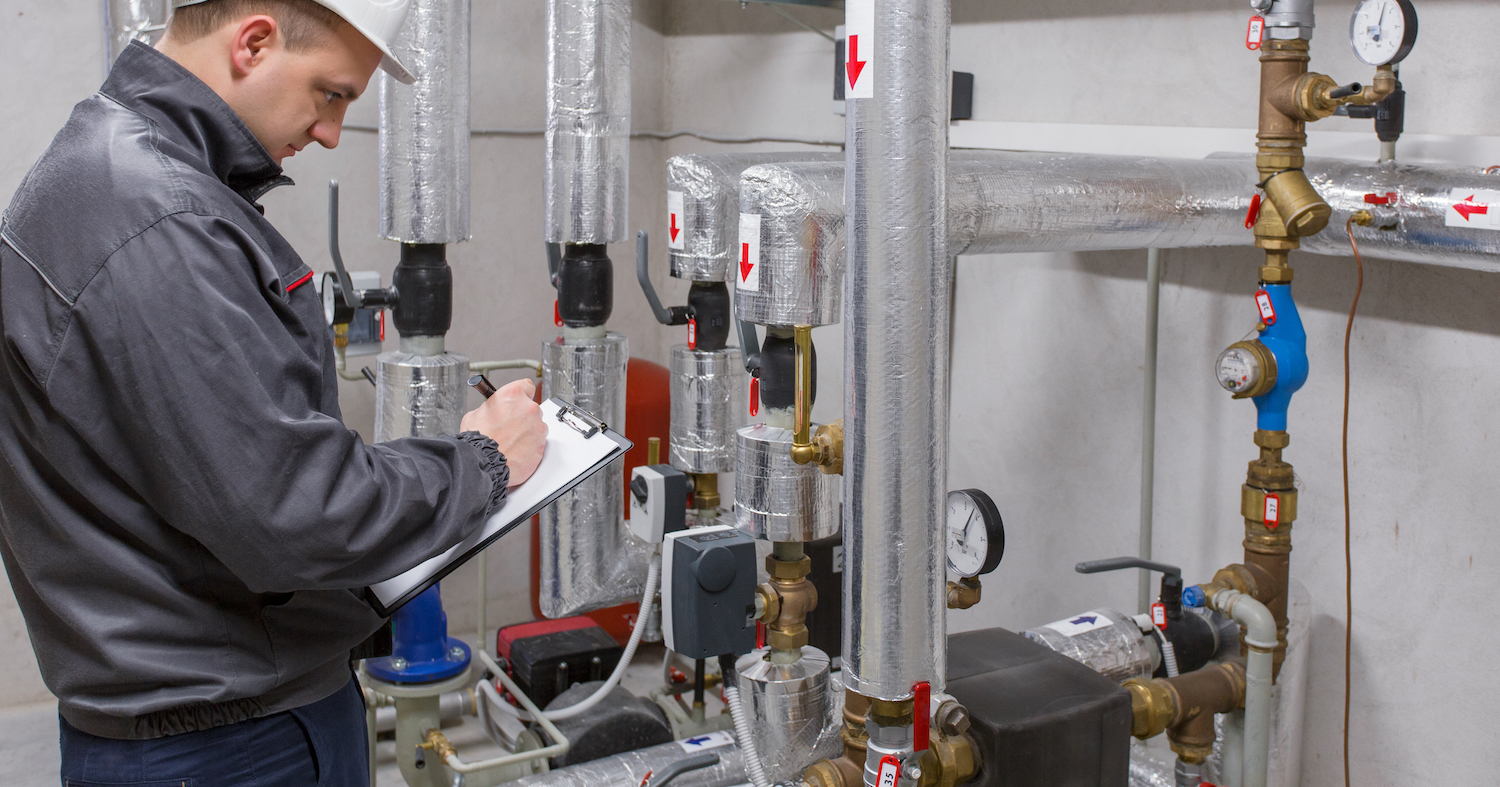


ProAsys has delivered cost-effective solutions for water treatment problems to hundreds of companies in the region. These Case Studies highlight how we solved some of the more challenging water management problems we have faced in the past.
Four Seasons Produce is a cold storage warehouse facility in
Ephrata, PA that has over 190,000 square feet of refrigerated space.
The facility has 1030 tons of cooling capacity from three cooling
towers and three chiller units.
After a conventional water treatment vendor failed to maintain
proper control of the cooling system, Four Seasons Produce another
water treatment vendor who installed a non-chemical device (NCD) to
perform the water treatment. The NCD was unable to prevent heavy
scale formation in the heat exchangers and the cooling towers. In
addition, there was severe biofouling in the heat exchangers, which
combined with the scale formation lead to poor refrigeration results.
A third party consultant referred Four Seasons Produce to ProAsys´s
CWT, Bernie Kiefer. Since Four Seasons Produce was under a three
year contract with the NCD provider, Kiefer could only help with the
biofouling issue. Kiefer provided a dual biocide program to the
facility of stabilized bromine (oxidizing biocide) and THPS
(non-oxidizing biocide). Once several initial shock treatments of
bromine were applied to the system, a routine program of daily
bromine feeds and a once a week THPS feed was implemented. At this
time, Tim Keeler, ProAsys CWT, was brought in to continue the
program. Tight control of the biocide feed program and rigorous
bacteria monitoring proved effective in regaining efficiencies of
the cooling system.
Once the contract expired with the NCD manufacturer, Four Seasons
Produce signed on to full water treatment program with ProAsys. The
program includes a high quality scale and corrosion inhibitor,
sulfuric acid to increase the cycles of concentration that we can
run in the cooling tower and the above mentioned biocide program.
Since the new treatment program was implemented, Four Seasons
Produce has saved on average 1.4 million gallons of water per year.
In addition, the chillers are running at ideal efficiencies since
the new water treatment program has been implemented.
The water treatment program is now being controller by a Walchem
WebMaster controller that is connected to the internet for ease of
monitoring.
Air Washers can have multiple functions. They can be used to cool the air, clean the air of particulate matter (lint, dust, pollen, etc.), as well as humidify and dehumidify the air.
Typically, a plant will utilize air washers to maintain a humidity range that is acceptable to their manufacturing process. Textile and woodworking are typical examples. In the winter, air washers are used as humidifiers, and operate similar to a cooling tower. System water will cycle up, and the total dissolved solids will increase – tending to be scale bearing.
Conversely, in the summer months, air washers are used to
dehumidify – causing humid air to condense into the sump. The water
volume will increase, and the total dissolved solids in the bulk
water will decrease – tending to be more corrosive.
Because air washers change their function with the change of
seasons, the Water Treater must make adjustments to control scale
and corrosion. Seasonal changes also bring on microbiological
challenges. Pollen and mold counts can add to the bio-loading of
these systems. The purpose of this case study is to focus on one
client´s challenges with micro-bio control.
Mid-State Woodworking Company employs 3 air washers to control humidification, cooling in summer, and dust removal. Micro-bio loading was high, as evidenced by cloudy/foamy sump water, and biofilm on sump screens. One of the systems had gone septic, with a black, odorous, anaerobic film at the bottom of the sump. Plant Personnel had to manually drain and clean the sumps 4-6 times per year. There was severe corrosion of ferrous metals.
The incumbent water treatment company´s program consisted of (1) a
liquid hydrogen peroxide (2) a powdered peroxide precursor (3)
D-Limonene(surfactant) and (4) defoamer.
An immediate giveaway was the defoamer. It is common that a foaming
problem is due to a biofilm problem. Biofilm (sessile) and bulk
water bio counts (planktonic) need to both be controlled. The
defoamer was a temporary fix to a larger problem.
Secondly, hydrogen peroxide is extremely corrosive, as evidenced by
the above photo.
Thirdly, and most importantly from a customer protection standpoint,
there was no EPA registration on any of the product labels, nor were
there any approved application guidelines listed on any labels.
As with any properly designed water treatment program, physical/
mechanical properties of the system account for at least 50% of a
successful program.
Proper Circulation: Except for when the sprayers were running,
there was no circulation of the sump water. Any biocide that was
fed would simply sit in one corner of the sump – in one
concentrated slug. We advised the client to install a sump pump and
2” pvc configuration to circulate the sump water for 15 minutes
every 2 hours.
Proper water turnover: For any treatment program to work, fresh
water needs to be introduced sometime. Without proper turnover, you
simply end up with dirty water and a chemical soup. We advised the
client to manually bleed each system at a rate that would turn the
water over on a weekly basis – calculated by sump volume and gpm. A
simple and effective solution. No equipment needed.
Dual, non-oxidizing biocide program. Since oxidizing biocides are
very corrosive (i.e. peroxide), we currently employ two
non-oxidizing biocides – one is a slow-dissolving tablet, hung from
bags in the sump – and the second is a liquid that is slug fed once
per week that is specifically formulated to eliminate biofilm. Both
products are clearly EPA registered and display approved application
information.
 info
info
After 6 months (and no system cleanout), the results have been
outstanding:
• Sump water is crystal clear, with no foaming issues.
• Slime on the sump screens has been eliminated.
• Plant Personnel can reduce sump cleanouts to once or twice per year.
A successful water treatment program needs to take more than
chemicals into account:
• What's the system designed to do, i.e. humidify/dehumidify,
cooling? How is it designed to function?
• What are the physical/mechanical limitations, and how do we
improve them?
• Plant Employee safety – EPA Registration and Approved
Application Guidelines.
• Consider metallurgies when choosing a biocide program to
avoid corrosion issues.